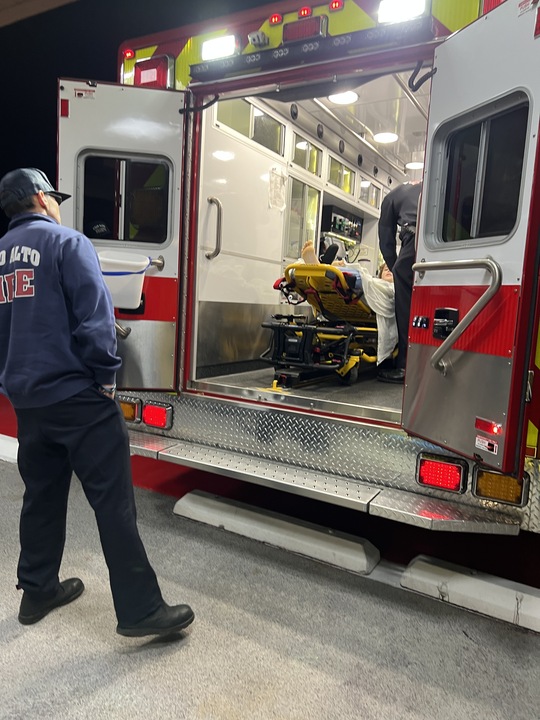Under the buzzing lamp posts of a deserted Target parking lot, a little before midnight, something
unexpected happened. Owners of modified cars — everything from lowered Japanese models to classic American muscle cars — pulled up into the space and lined up their vehicles. Despite the obvious differences in the drivers’ tastes in cars, their shared passion brings them together in this empty parking lot to converse.
Gear.” Srinivasan has attended many car meets to share his passion with other enthusiasts in the Bay Area. When he got his Subaru WRX limited
in October 2016, Srinivasan wanted to modify it because he felt it would display his car’s full power and potential.
“[Car modification] is a form of personal expression, just like art is,” Srinivasan said. “That’s what makes car culture unique, it brings people with different tastes together and gives them something to bond over.”
Whereas some people see cars as a method of transportation to get from point A to point B, enthusiasts like Srinivasan see cars as something special, changing the daily commute from mundane to enjoyable. Mechanic David Nguyen, who has owned his garage in Santa Clara for roughly 20 years, specializes in Japanese cars. Nguyen explains why he believes people should learn to modify their car.
“Modifying your car does not increase its value, but you should still do it anyways,” Nguyen said. “It’s your car. Make it an extension of yourself. For people like [me], cars are a release from the stressful day. It’s always enjoyable to push my car to the limit and hear the exhaust roaring behind me.”
According to Nguyen, a lot of people who visit his garage see modified cars parked outside and are immediately turned off, because they think his garage promotes reckless driving; commonly associated with modified cars. Both Nguyen and Srinivasan, however, feel this culture is misunderstood.
“It’s that sort of thing that keeps this culture from becoming bigger,” Nguyen said. “It is completely misunderstood.”
Car enthusiast Michael Oringer regularly attends car meets all over the Bay Area and began modifying cars when he received his father’s BMW 330ci as a gift. His passion for the style of driving of BMW cars led him to purchasing his own in 2011. He loved the motor in his new BMW, leading to him spending over $30K in modifications on his car and, like Nguyen and Srinivasan, believes that the art of modifying vehicles and street-racing is misunderstood.
“People think enthusiasts like us are dangerous, but that’s not the case,” Oringer said. “I never race on roads, I save that for the [race] track.”
For most people like Oringer, modifying a car is a hobby, which becomes a passion and then an obsession. According to Oringer, they start with small little things, such as a tune or a suspension change, to improve their vehicle’s looks and it snowballs from there, with some people spending over $30K in modifications. Some people see it as a waste but enthusiasts like Nguyen will argue that it’s better than spending it on other things. Nguyen says no project is ever complete, there is always something enthusiasts say they can do to change their car and keep everything fresh.
“With a car like mine, there’s always something I want to do,” Oringer said. “My BMW is never complete. It’s a never- ending process and that’s what keeps its fun and fresh.”





